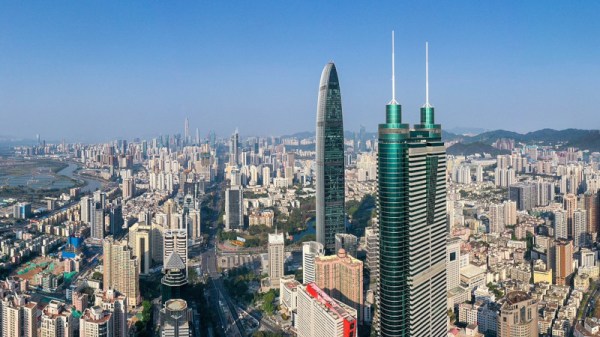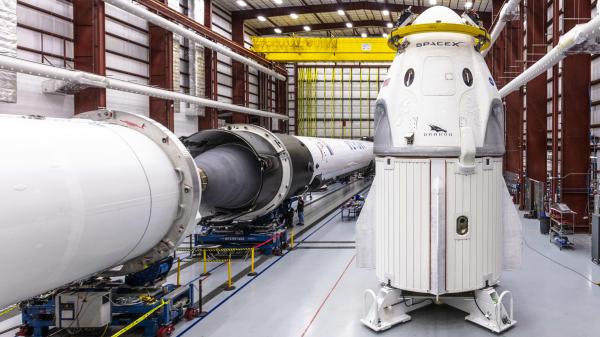Those of us who worked in TV repair shops, back when there was such a thing, will likely remember the cardinal rule of TV repair: Never touch the yoke if you can help it. The complex arrangement of copper wire coils and ferrite beads wrapped around a plastic cone attached to the neck of the CRT was critical to picture quality, and it took very little effort to completely screw things up. Fixing it would be a time-consuming and frustrating battle with the cams, screws, and spacers that kept the coils in the right orientation, both between themselves and relative to the picture tube. It was best to leave it the way the factory set it and to look elsewhere for solutions to picture problems.
But how exactly did the factory set up a deflection yoke? We had no idea at the time, only learning just recently about the wonders of automated deflection yoke yamming. The video below was made by Thomson Consumer Electronics, once a major supplier of CRTs to the television and computer monitor industry, and appears directed to its customers as a way of showing off their automated processes. They never really define yamming, but from the context of the video, it seems to be an industry term for the initial alignment of a deflection yoke during manufacturing. The manual process would require a skilled technician to manipulate the yoke while watching a series of test patterns on the CRT, slowly tweaking the coils to bring everything into perfect alignment.


















